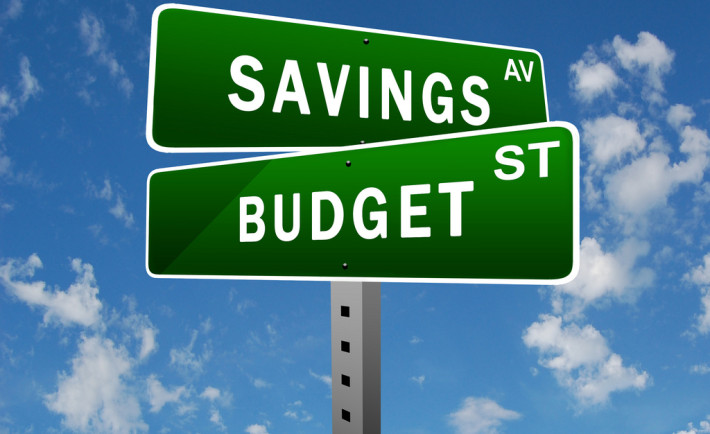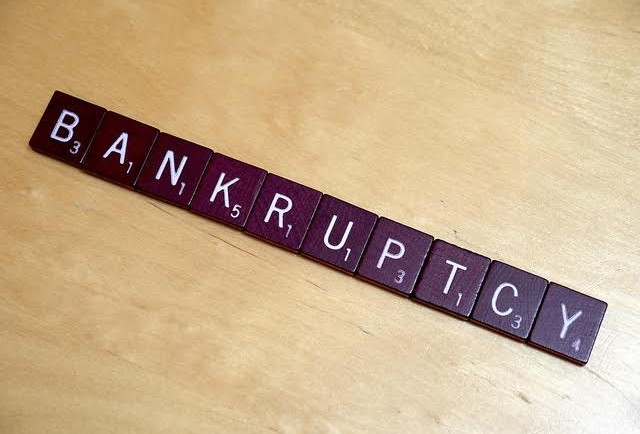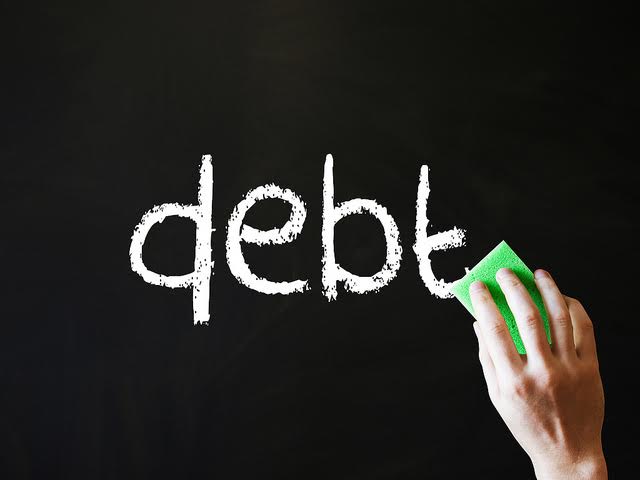Aside from your wedding or your house, a designer bag is one of the biggest investments most women make in their entire life. It is so common that you can sometimes make assumptions about one’s level in the company just by perceiving their bags. This is why it is paramount that you save and purchase righteously.
Tweaking your lifestyle here and there and following your budget religiously will help you reach your dream in no time!
1. RESEARCH TO BE ENLIGHTENED
Determine how much you want to spend and whether you want to buy a brand new or secondhand (pre-loved) bag. This will give you a view of how long you have to save up. Research online on the real value of your designer bag to see if you are getting a great deal.
2. SAVE AS MUCH AS YOU CAN
Save to the fullest by removing the unnecessary expenses such as regular trips to the nail salon or to the luxurious cafe. Instead of sipping a S$5 cup of cafe beverage that would cost you up to S$1,825 a year, make your own coffee or tea at home. With S$1,825, you can already afford a new designer bag. Save even more cash by packing your own lunch to school or work.
3. GO FOR THE CLASSICS
Yves Saint Laurent once said: “fashion fades but style is eternal”. When selecting the best designer bag for you, go for the classic designs over the fashion fads. The fringes or embellishments may be trendy now but it will be gone tomorrow. Buy something that you are going to enjoy for a long period of time. It has to be simple, timeless, and undeniably you.
A few examples of timeless designs are Prada Tote (US$1,660/S$2,244) and Fendi 2Jours Shopper (US$1,900/S$2568).
4. GIVE THE ONLINE SCENE A SHOT
Online shops in Singapore not only sell brand new but pre-loved designer bags as well. With prices that are over 80% lower than the retail price, how can you resist an online bargain deal? Here are some of the trusted retail websites in Singapore:
Reebonz, a popular online destination, offers the widest range for both new and pre-loved designer bags, wallets, and watches. From Chanel, YSL, to Louis Vuitton bags…they have it all!
Getting a great bag deal at the Brands Fever’s flash sale is like hitting the jackpot. For example, you can purchase a new Bottega bag for as low as S$1,800. But you have to be a site member to indulge on the benefits of over 80% the retail prices.
Madam Milan not only has an online shop but also physical boutiques in Far East Plaza, Raffles Place, and Holland Village. They offer prime selections of designer labels islandwide.











